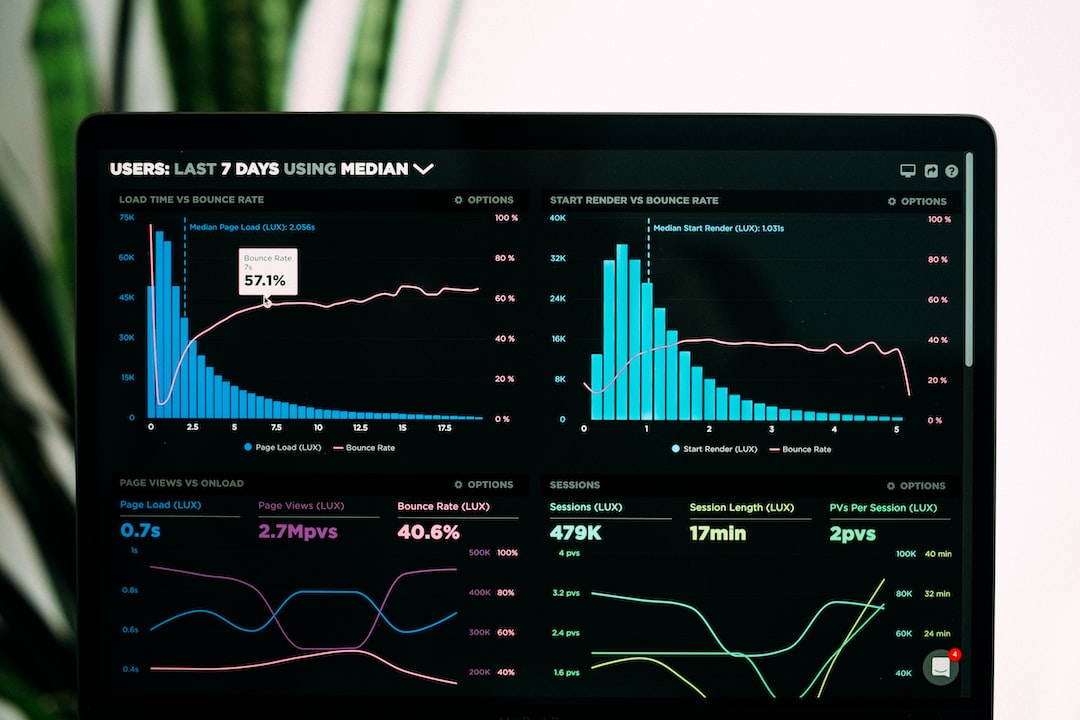Getting Started with Python Programming: A Step-by-Step Guide
Python is a versatile and powerful programming language that has gained immense popularity in recent years. It is known for its simplicity, readability, and vast range of applications. Whether you are a beginner or an experienced programmer, learning Python can open up a world of opportunities. In this step-by-step guide, we will walk you through the process of getting started with Python programming.
1. Download and Install Python:
The first step is to download and install Python on your computer. Python is an open-source language, so you can easily find the latest version on the official Python website. Choose the version compatible with your operating system, and follow the installation instructions.
2. Set up an Integrated Development Environment (IDE):
An Integrated Development Environment (IDE) provides an environment for writing, testing, and debugging code. There are many Python IDEs to choose from, such as PyCharm, Visual Studio Code, and Jupyter Notebook. Select an IDE that suits your requirements and install it on your computer.
3. Familiarize Yourself with Python Syntax:
Python syntax is simple and easy to understand, making it an ideal choice for beginners. Start by learning the basic syntax rules, such as indentation, variable declaration, and data types. Python uses indentation for code blocks, so mastering this is essential. Explore online tutorials, documentation, and code examples to get hands-on experience.
4. Learn the Core Concepts:
To become proficient in Python, you need to grasp the core concepts of programming. This includes understanding variables, data structures, control flow statements, and functions. Python offers robust built-in functions and libraries, making it easier to manipulate data, perform calculations, and write efficient code.
5. Practice with Small Projects:
One of the best ways to learn Python is by practicing with small projects. These can be simple programs, like a calculator or a program to determine if a number is prime or not. Break down the larger problem into smaller tasks, and gradually build your project. This helps you apply the concepts you have learned and gain hands-on experience.
6. Explore Python Libraries:
Python has an extensive library ecosystem that provides ready-to-use functions for various purposes. Some popular libraries include NumPy for numerical computing, Pandas for data analysis, Matplotlib for data visualization, and TensorFlow for machine learning. Installing and using these libraries can greatly enhance your productivity and allow you to tackle complex problems.
7. Join Online Communities and Forums:
The Python programming community is large and supportive. Join online communities, forums, and discussion groups to connect with fellow programmers, ask questions, and share your knowledge. Websites like Stack Overflow and Reddit have dedicated Python communities where you can find answers to your queries and learn from others’ experiences.
8. Follow Tutorials and Online Courses:
There are numerous online tutorials and courses available that can guide you in your Python learning journey. Websites like Codecademy, Coursera, and Udemy offer beginner-friendly courses that cover Python fundamentals, as well as advanced topics. Following these tutorials and completing exercises will help reinforce your understanding and build confidence in your programming skills.
9. Contribute to Open Source Projects:
Once you have gained a good understanding of Python, consider contributing to open source projects. This will allow you to collaborate with other developers, improve your coding skills, and make valuable contributions to the software community. GitHub is a popular platform for finding open source projects to contribute to.
10. Keep Practicing and Learning:
Python is a vast language with constantly evolving features and updates. Keep practicing your skills and stay updated with the latest trends by reading blogs, attending webinars, and participating in coding challenges. Continuous learning and practice are key to becoming a proficient Python programmer.
In conclusion, Python is an excellent programming language for beginners and experienced programmers alike. By following these step-by-step instructions, you can set yourself on the path to mastering Python programming. Remember to remain curious, practice regularly, and explore the vast possibilities that Python offers. Happy coding!
